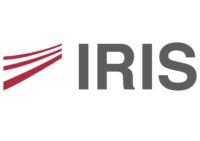Four challenges need to be addressed for light detection and ranging systems (LiDARs) to enable widespread acceptance of autonomous vehicles: (1) massive decline in price, (2) increase detection range and perception, still being eye-safe, (3) improve robustness and (4) withstand different environmental and weather conditions, and so, increase reliability and safety. In any prevailing system, range is probably the biggest issue. More precisely, it’s not just a matter of reputed range: the LiDAR should be able to see something very dark and far away, as well as something very bright and close simultaneously.
IRIS has developed a disruptive solution to this issue: IRIS detector for LiDARs, relies on an efficient germanium-tin (GeSn) absorption layer allowing for an efficient use of wavelengths in the short-wave infrared (SWIR). Thus, in the field of LIDARs, the unique selling proposition of IRIS can be formulated as follows: obstacle detection up to 200 m using highly sensitive detectors and high-power semiconductor emitters operating in the wavelength range between 1550 and 1600 nm, while respecting laser safety standards; accurate detection even under adverse environmental conditions; semiconductor design, no moving parts, rugged assembly for expedited automotive certification; viable scalable solution at low cost due to the use of known equipment and processes.
IRIS – a development stage company – is currently engaged in a project funded by the Swiss Innovation Council “Innosuisse”. The goal of the project is to demonstrate that an eye-safe semiconductor SWIR LiDAR can operate up to a ranging distance of 200 m.
The STI loan helps the company to close the Seed round and to ensure sufficient funding up to the proof-of-concept of its Lidar system.


